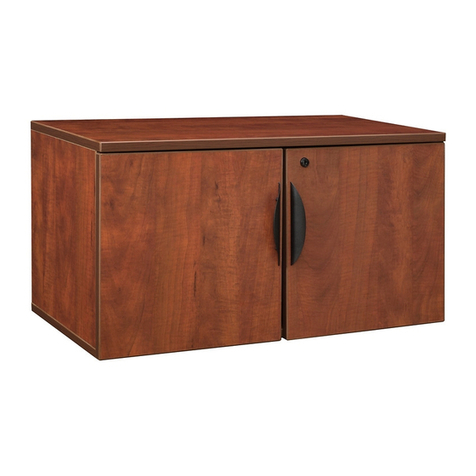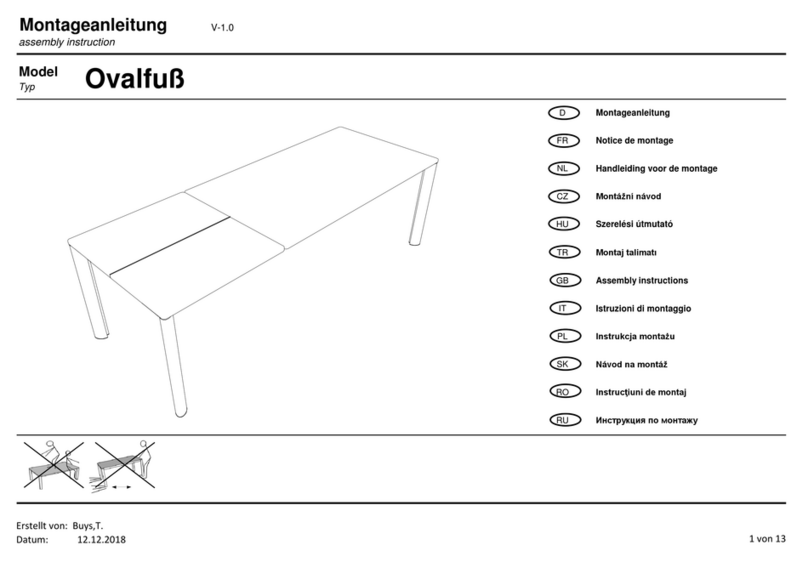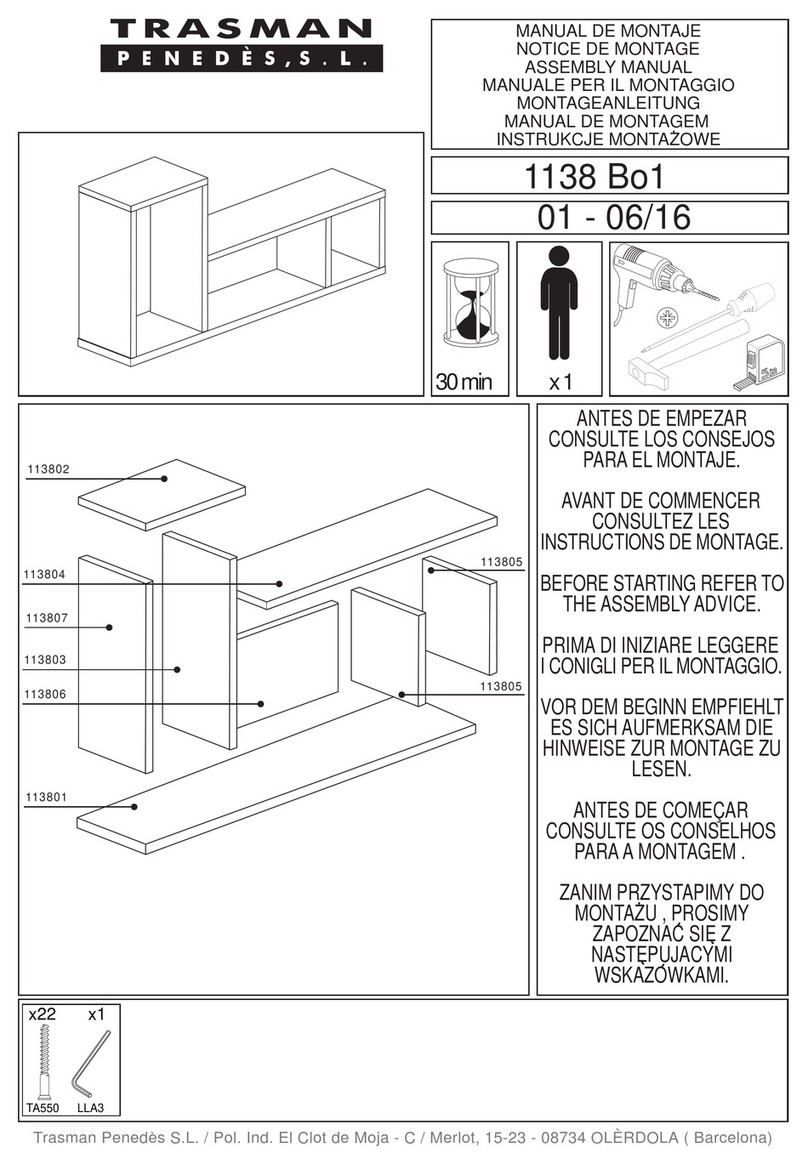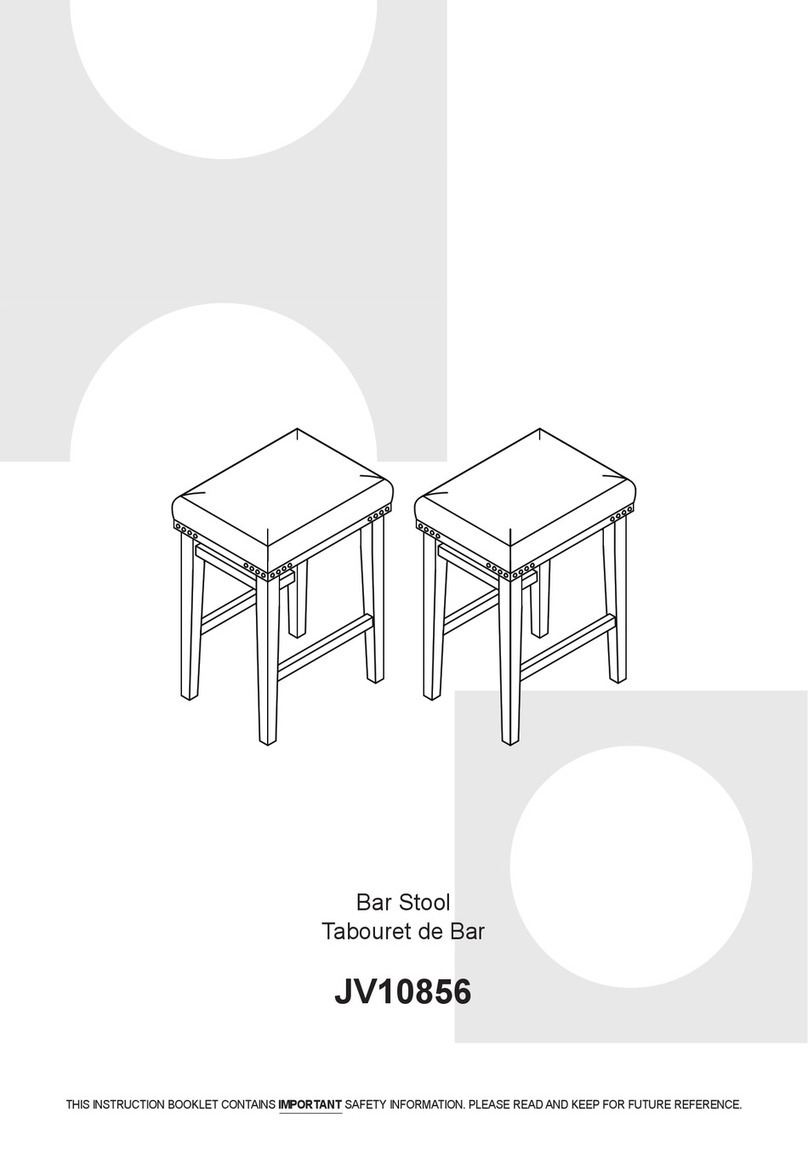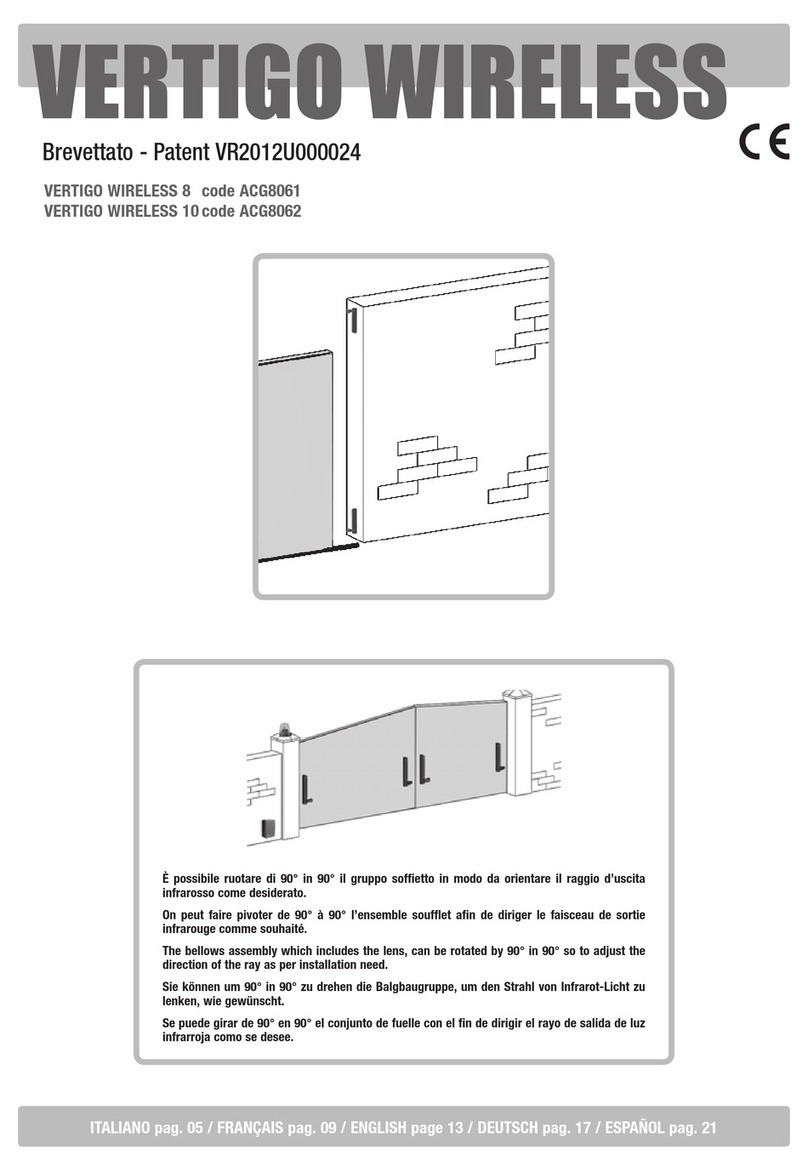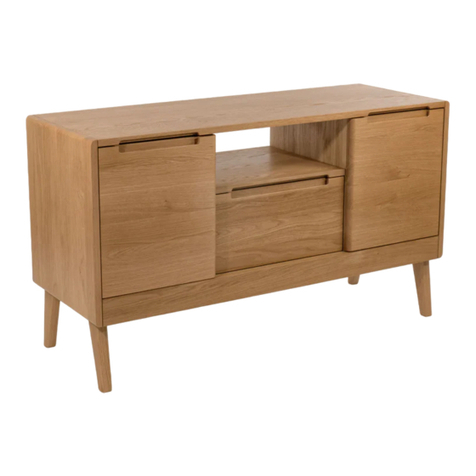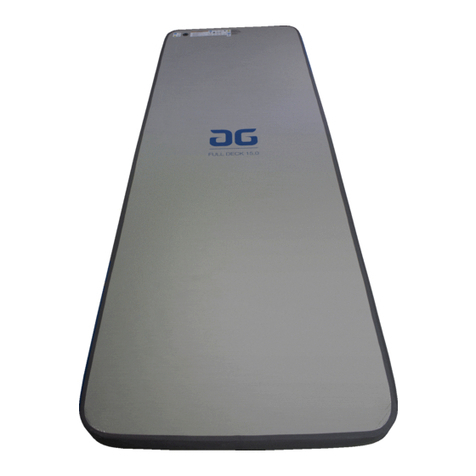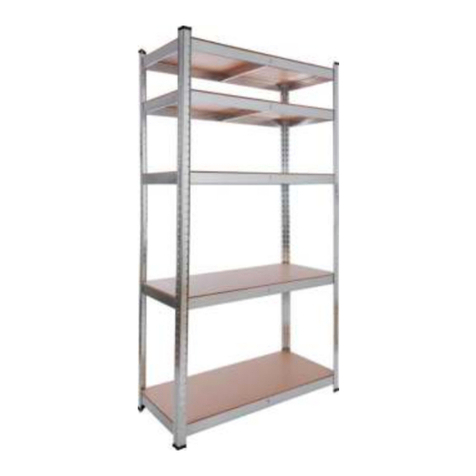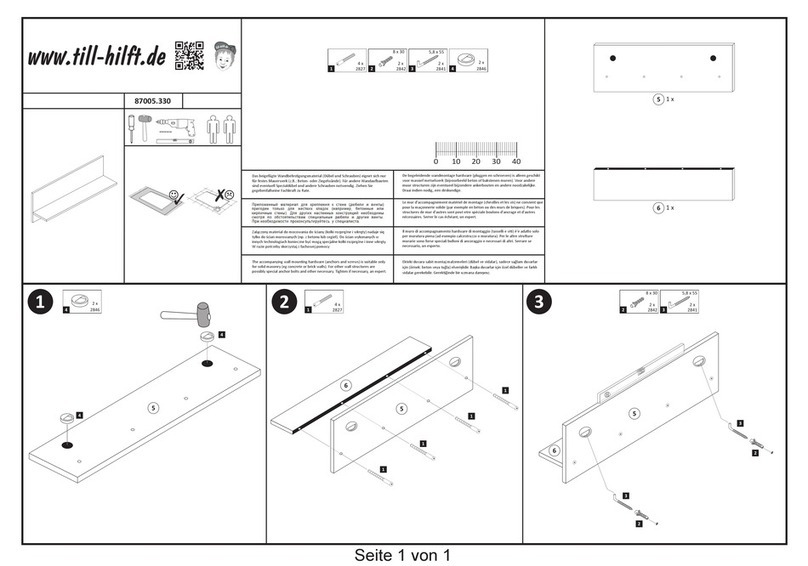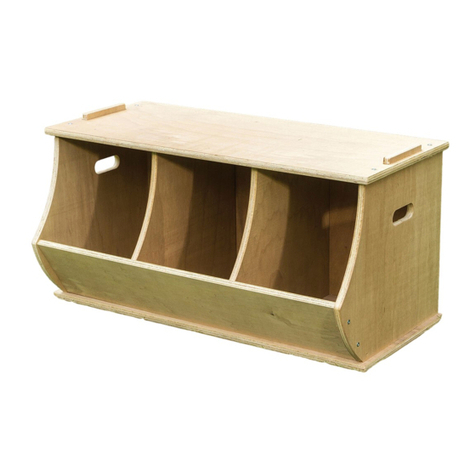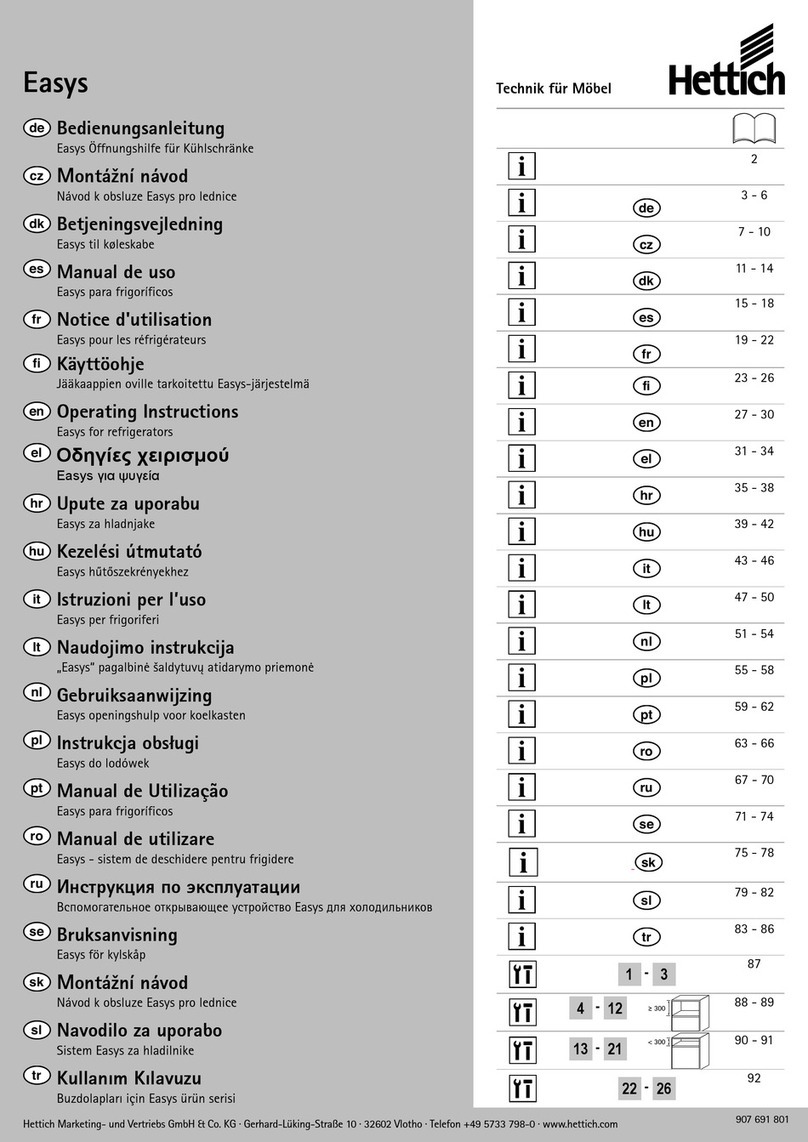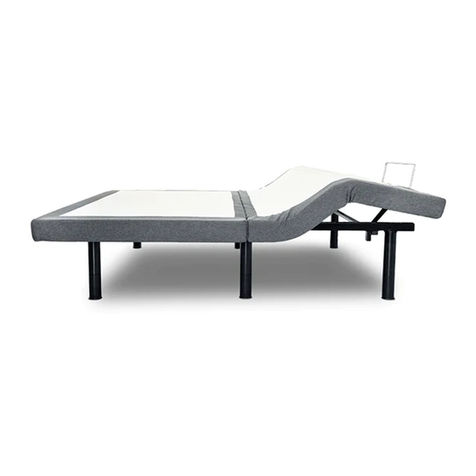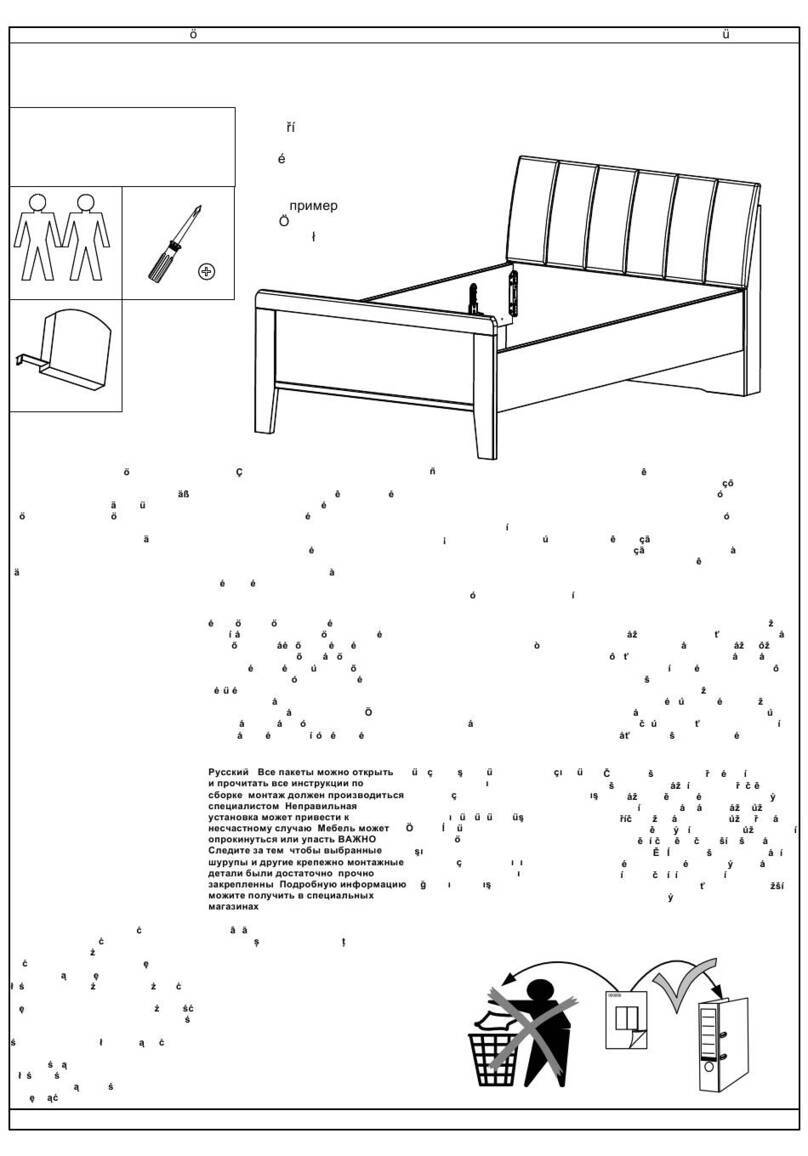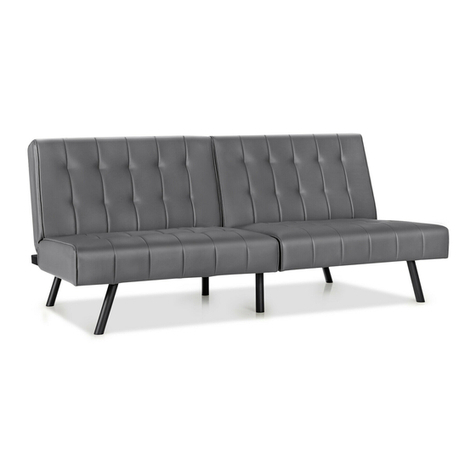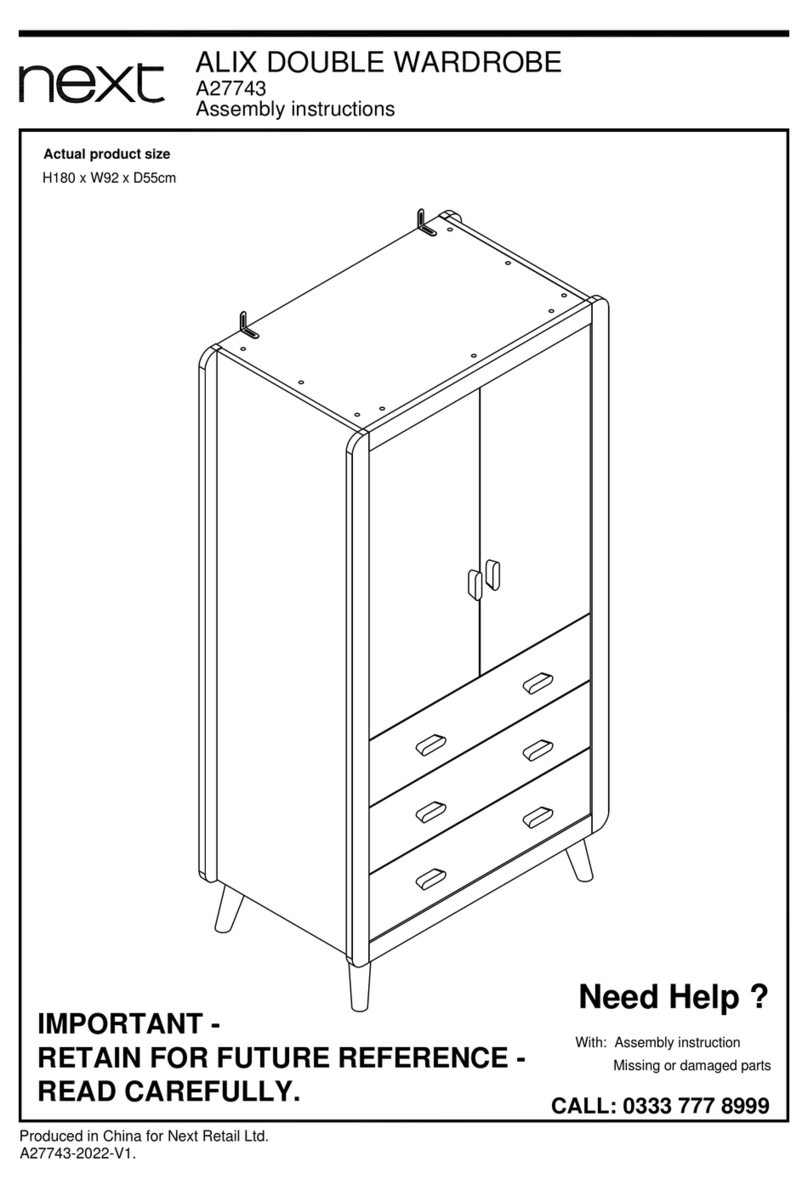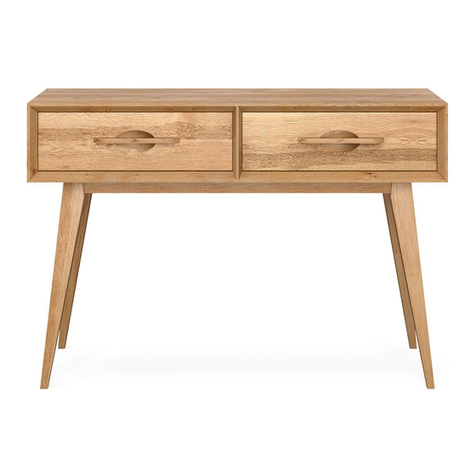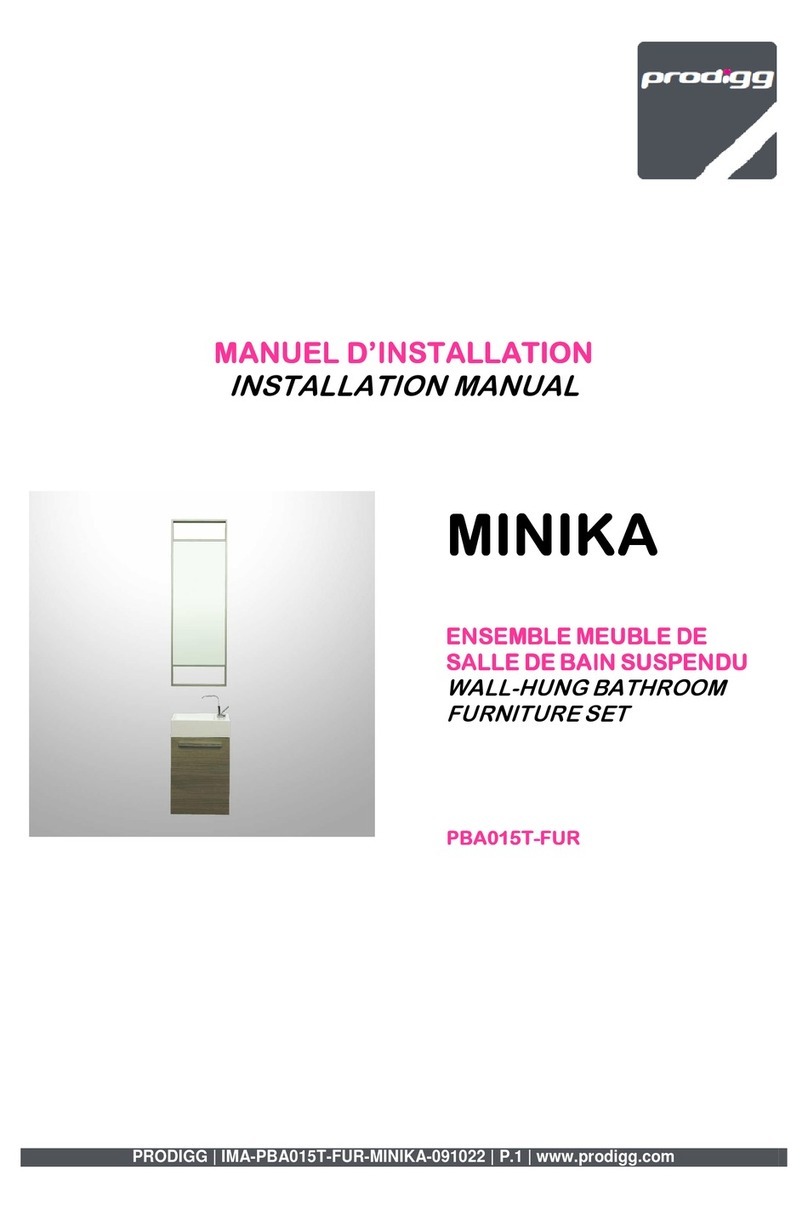
Champ d’application
L’actionneur PUSH-CA 30 est destiné exclusivement à l’ouverture et à la fermeture de fenêtres
à projection, abattantes, basculantes et fenêtres de toit. L’usage de l’actionneur pour d’autres
applications doit être préalablement autorisé par RIB après vérification technique.
1
Description
Actionneur électrique avec chaîne à enroulement interne. Pour fenêtres abattantes et à
projection ; hauteur des fenêtres : à partir de 20 cm. Fonctionnement à 230 Volts c.a.
Courses sélectionnables.
PUSH-CA 30 est équipé d’un fin de course à micro-rupteur et d’un bornier amovible
(fig. 4-B). L’actionneur est fourni avec accessoires, gabarit de perçage pour la pose sur
menuiseries et pattes de fixation soit pour fenêtres à projection, soit pour fenêtres abattantes sur
demande (fig. 1-9, 1-4, 1-2).
La chaîne de manœuvre est traitée contre l’oxydation avec report en Dacromet pour résister aux
milieux les plus hostiles.
Fourniture de série
Le kit du PUSH-CA 30 contient (fig.1) :
1. 1 Actionneur
2. 1 Support de fixation de l’actionneur
3. 1 Vis avant pour chaîne
4. 1 Flasque pour fenêtres à projection
5. 6 Vis autotarauds 4,8x13 UNI 6954
6. 1 Goupille
7. 1 Serre-câble
8. 1 Cheville de serrage
9. 1 Gabarit de perçage
10. 1 Régulateur de course
1 Notice d’instructions
Contrôlez si tous les composants contenus dans le kit sont en bon état.
2
Installation
!L’installation doit être effectuée par des techniciens spécialisés.
!L’installation doit être effectuée avec la fenêtre fermée.
!Avant de commencer l’installation, coupez l’alimentation électrique.
!Vérifiez si les charnières ou les ferrures utilisées permettent à l’actionneur d’ouvrir
complètement la fenêtre. Si ce n’est pas le cas, les ferrures pourraient s’abîmer, sollicitées
par la force de traction et/ou de poussée de l’actionneur (voir Réglage de la course).
a. Tracez la ligne médiane de la fenêtre au crayon, appliquez le gabarit de perçage autocollant (fig.
1-9) sur le châssis et percez les trous en utilisant une perceuse et des forets correspondant
aux indications du gabarit.
b. Otez le gabarit autocollant ; appliquez et vissez la flasque (fig. 5-4 et 6-A) sur l’ouvrant et le
support (fig. 5-2 et 6-2) sur le dormant avec les vis fournies dans le kit. (NB : Ces vis sont
pour menuiseries en alu. Pour le montage sur bois, utilisez des vis à bois, Ø 4,8 et longueur
proportionnelle à l’épaisseur du bois fig. 1-5).
c. L’actionneur (fig. 1-1) est réglé en usine sur une course de 300 mm. Pour modifier la course,
procédez comme suit:
Réglage de la course par came
Pour modifier la course de la chaîne de l’actionneur, vous pouvez soit effectuer la connexion
électrique (voir point 3), soit utiliser le câble d’essai de l’actionneur ; après quoi :
1. Alimentez l’actionneur.
2. Faites sortir une longueur de chaîne A correspondant à la course souhaitée comme l’indique
la table A.
3. Otez la plaquette (voir figures 2-1 et 3-1)
4. Introduisez le régulateur de course (voir figures 2-2 et 3-2). Exemple : avec longueur de
chaîne A=0, la course sera de 90 mm.
5. Remontez la plaquette.
Note : pour l’installation sur fenêtre abattante, il est conseillé d’effectuer le réglage de
la course avant l’installation.
d. Montez l’actionneur sur la flasque. Fermez la fenêtre en exerçant une pression pour que la
fermeture soit bien hermétique. Vissez ensuite la vis avant de la chaîne et réglez la position
à hauteur de la flasque.
e. Fixez l’actionneur avec la goupille (fig. 1-6). Vérifiez si l’actionneur atteint correctement les
positions qui provoquent l’intervention des fins de course sans rencontrer d’obstacles. (NB :
L’actionneur sort d’usine en position de fin de course fermé).
Caractéristiques techniques
Conseils et normes de sécurité
- Nous vous conseillons de confier l’installation des produits RIB au personnel spécialisé dans
ce secteur, vous offrant toutes les garanties de compétence technique.
- Effectuez les interventions en respectant les instructions du fabricant.
- L’installateur doit vérifier l’installation et le fonctionnement de l’actionneur.
- Tout usage du produit non prévu ou inopiné est interdit.
- Utilisez des pièces détachées d’origine.
- Utilisez la commande “homme présent” si la fenêtre est installée à moins de 2,5 m du
sol.
Mises en garde
- Vérifiez si les composants de la fenêtre permettent la course complète de l’actionneur. Si ce
n’est pas le cas, les éléments sollicités et l’actionneur peuvent s’abîmer.
- Il faut coller près de l’huisserie une plaquette adhésive indiquant «ATTENTION ORGANES EN
MOUVEMENT».
- L’actionneur présente un danger d’écrasement ou d’entraînement ! Sa force de traction et de
poussée est de 300N/150N. Les fixations et les points d’assemblage des accessoires doivent
être en mesure de supporter ces sollicitations.
- La menuiserie doit être équipée de systèmes en mesure de supporter l’actionneur et garantir
le fonctionnement en toute sécurité ; l’actionneur ne peut être considéré comme une pièce de
support ou de sécurité de la fenêtre.
- Ne touchez pas la chaîne quand elle est en mouvement.
- N’entrez pas dans le rayon d’action de la fenêtre pendant le mouvement.
- La fenêtre doit être équipée de compas-freins de sécurité adaptés au poids de la menuiserie.
- Coupez l’alimentation électrique avant de commencer l’installation et la maintenance.
Raccordement électrique
Attention : Danger d’électrocution. Coupez l’alimentation des actionneurs avant de travailler
sur le circuit électrique.
Mise en garde : Installez en amont de la ligne de commande de l’actionneur un interrupteur
général d’alimentation omnipolaire dont les contacts ont une ouverture
minimum de 3 mm, avec intervention différentielle de 0,030 A.
Vérifiez si la section des câbles d’alimentation est exacte, leur dimensionnement étant fonction de
l’absorption de l’actionneur.
Dévissez les deux vis comme l’indique la figure 7-1.
Effectuez le raccordement électrique comme l’indique la figure 9.
Assurez-vous que le circuit électrique est conforme aux normes en vigueur.
NB : Il est conseillé, pour la sécurité du circuit, d’installer un bouton-poussoir (homme présent) ou
bien une alimentation temporisée sur la durée de la manœuvre.
4
3
Maintenance
Vérifiez une fois par an l’état des charnières, la solidité des fixations de l’actionneur et
l’état général de la menuiserie.
Pour un parfait fonctionnement, il est conseillé de lubrifier la chaîne avec de la graisse
au silicone en spray.
Si nécessaire, remplacez les pièces usées.
Nous vous conseillons d’effectuer périodiquement un essai pour contrôler le fonctionnement de
l’installation au moins une fois par an ; cet essai doit avoir lieu une fois tous les 6 mois si votre
installation est personnalisée.
NB : Confiez la maintenance à un technicien spécialisé.
PUSH-CA 30
F
FORCE DE POUSSEE 150N
FORCE DE TRACTION 300N
COURSES REGLABLES de 90 à 300 mm
VITESSE DE TRANSLATION 40mm/s
REGLAGE AVANT Max 10 mm
RACCORDEMENT EN
PARALLELE
OUI
TENSION MONOPHASEE 230V c.a.
CONSOMMATION 150w
COURANT 0,8A in c.a.
FREQUENCE 50 Hz
PROTECTION THERMIQUE 100°C
CONDENSATEUR 4 µF
RELAIS INCORPORE OUI
BORNIER AMOVIBLE OUI
DEGRE DE PROTECTION IP 20
